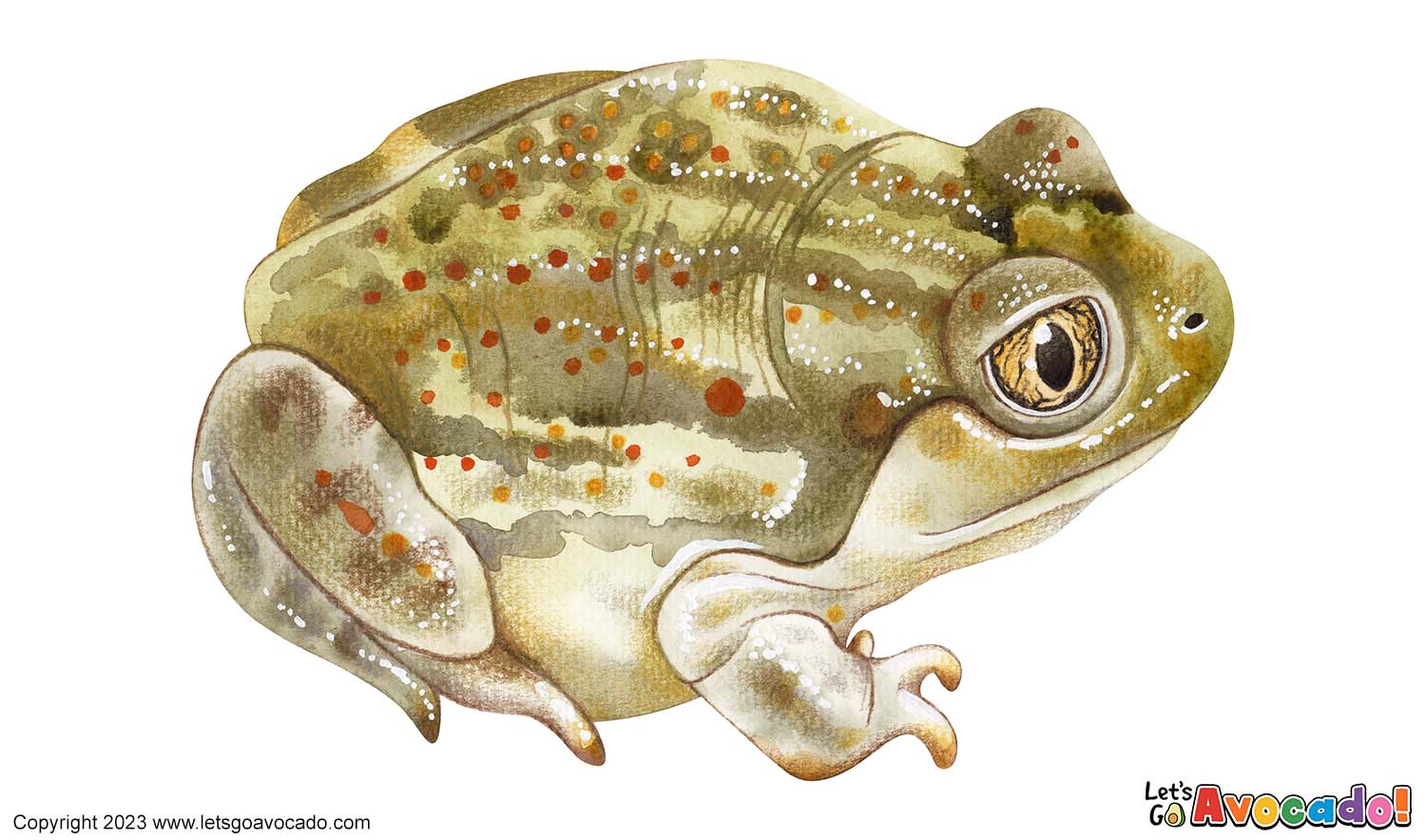

Plains Spadefoot
Plains Toad, Great Plains Spadefoot, Western Spadefoot.
Spea bombifrons
This page may contain affiliate links.
Read our disclosure and privacy policy here.
The Plains Spadefoot Frog, scientifically known as Spea bombifrons, is a remarkable amphibian found in the Great Plains region of North America. With its unique adaptations and behaviors, this frog has become well-suited to surviving in arid and semi-arid environments. It features a plump body with rough, warty skin and distinctive spade-shaped projections on its hind feet. These frogs are known for their nocturnalAnimals that are active during the night and rest during the day. Beavers are primarily nocturnal, doing most of their work at night. Learn More habits, spending the day buried underground and emerging at night to feed on insects. During breeding season, they gather in temporary ponds to mate and lay eggs. With their specialized skin glands, they can secrete‘Secreting’ means that something is being produced and released by an organism. Think about how your body produces tears when you cry or how your nose can produce mucus when you have a cold. Those are examples of secreting. Your body is making and releasing those substances. Learn More toxic substances as a defense mechanism against predators.
Plains Spadefoot

There’s a lot to explore right where we are, in our own neighborhoods and backyards! Join us while we get off the couch and explore the everyday wonders of nature, science, space, engineering, art, and anything else we stumble upon during on our adventures.







